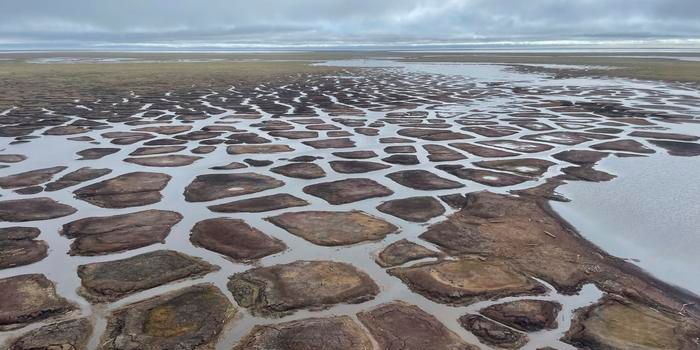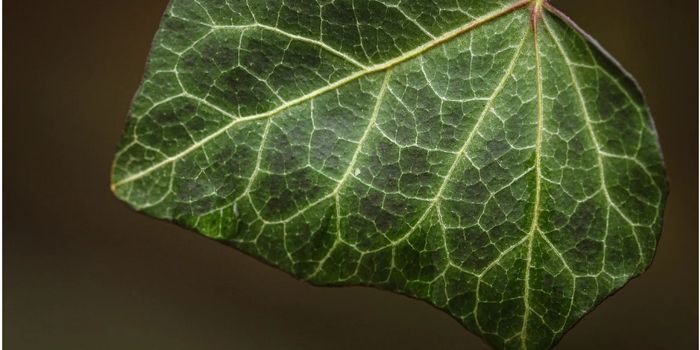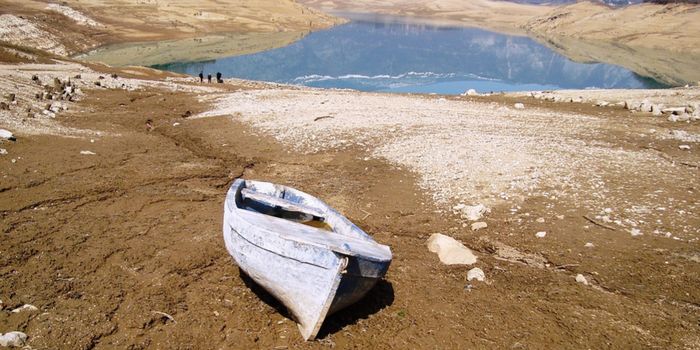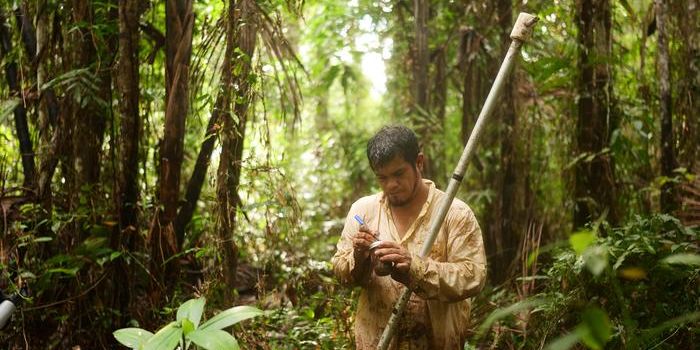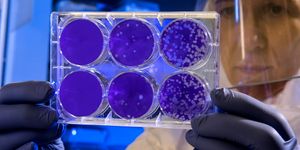Saving Myanmar's Critically Endangered Turtles
New images of hatchling Burmese roofed turtles have renewed hope to save this critically endangered species. Late last month, the Wildlife Conservation Society (WCS) and Turtle Survival Alliance (TSA) shared the photos featuring hatchlings emerging from eggs and entirely out of their protective eggshells. According to the press release from WCS, this species was believed to be extinct until WCS, TSA, and the Myanmar Forest Department rediscovered it in the wild in the early 2000s.
An article from Monga Bay reports that Burmese roofed turtles are the second-most critically endangered turtles globally. WCS says that although numbers remain very low in the wild, the captive population of nearly 1,000 turtles is enough to prevent biological extinction. The remaining wild populations consist of five or six adult females and only two males. According to WCS, this species is not well studied, and until this most recent hatching, hatchlings had not yet been described by scientists.
Thanks to these conservation organizations' efforts, scientists recently conducted an official study on the neonate turtles, which was published in the journal Zootaxa. According to this study, Burmese roofed turtles are endemic to Myanmar's major river systems and were once widespread and abundant throughout the region. However, as the study reports, egg collecting, subsistence harvesting of adults, and loss of critical nesting habitat led this species to near extinction in the late 1990s.
According to the study, a living specimen from a Chinese wildlife market was obtained in the early 2000s. Additionally, field studies unveiled remnant populations in the Dokhtawady and upper Chindwin Rivers, igniting conservation efforts that continue today.
Mongo Bay reports that researchers collect eggs from wild turtles for a captive, "head-start" breeding program. According to WCS, the collected eggs are "incubated under natural conditions at a secure facility in Limpha Village, Sagaing Region, Myanmar." Once hatched, the turtles will be eventually be reintroduced to the Chindwin River.
Steven Platt, lead study author and WCS associate conservation herpetologist, told Monga Bay, "river turtle conservation is a tough nut to crack." He attributes this to the turtles' ability to roam hundreds of miles up or down river, in addition to the challenges presented during the wet season throughout their range. At this point, they are using floating cages in the river to acclimate the turtles to the area with the hope that they won't disperse too far for monitoring purposes. Platt also told Monga Bay that the captive breeding program has resulted in about 170 turtles a year for the past two years, providing the confidence that this species is biologically secure.
Sources: World Conservation Society, Monga Bay, Zootaxa


